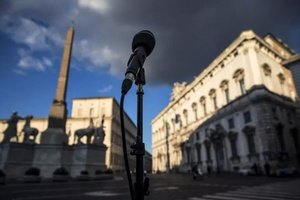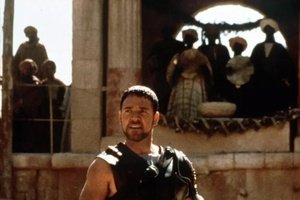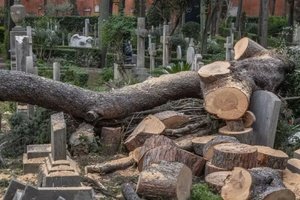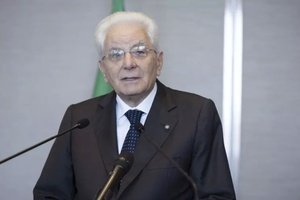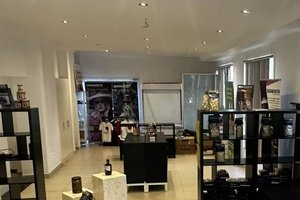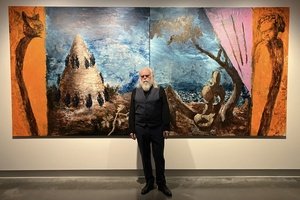“This is a symbolic moment for Rome and for Italy,” director of the Archaeological Park at the Colosseum, Alfonsina Russo, said on Monday.
The massive amphitheatre, which witnessed savage fights and the gory deaths of unlucky gladiators and wild animals centuries ago, was eerily silent as the first tourists passed through its gates with new health protocols in place.
The reopening of the ancient building and the surrounding ruins of the Roman Forum and Palatine Hill show Italy is recovering from the coronavirus pandemic, Russo said.
Despite the reopening, the pandemic has meant major changes for the Colosseum: in the past, around 20,000 people have flocked there every day, but access has been restricted to between 1000 and 1600 visitors per day.
First of all, Romans and people from the wider region are expected, Russo said.
“But I hope that international tourists will come back,” she added, saying the proportion of foreign guests was around 70 per cent in the past.
Access is only possible with tickets and under health regulations, such as body temperature measurement at the entrance and wearing face masks.
The Colosseum was closed in early March due to the spread of coronavirus.
Italy has been severely affected by the disease, with almost 33,500 deaths, but the number of infections has been falling for weeks.
Famous sites throughout Italy have reopened in recent days with strict rules in place, including the ruins of Pompeii and Pisa’s leaning tower.
At the Vatican Museums, director Barbara Jatta was seen at the entrance on Monday greeting visitors.
On Tuesday, Florence’s Uffizi Gallery and its Accademia, housing Michaelangelo’s David, are set to welcome visitors once again.
The Raphael exhibition in Rome is also scheduled to open on Tuesday.
From Wednesday, the country will allow holidaymakers from the EU to enter amid hopes tourism will kick start.
Also from Wednesday, Italians will again be allowed to move between the country’s regions for the most part without restrictions.
Italy’s tourism sector is vital for the economy, accounting for about 13 per cent of revenues.
Museums were allowed by law to open on May 18, but many still remain closed as they await a greater influx of tourists.



